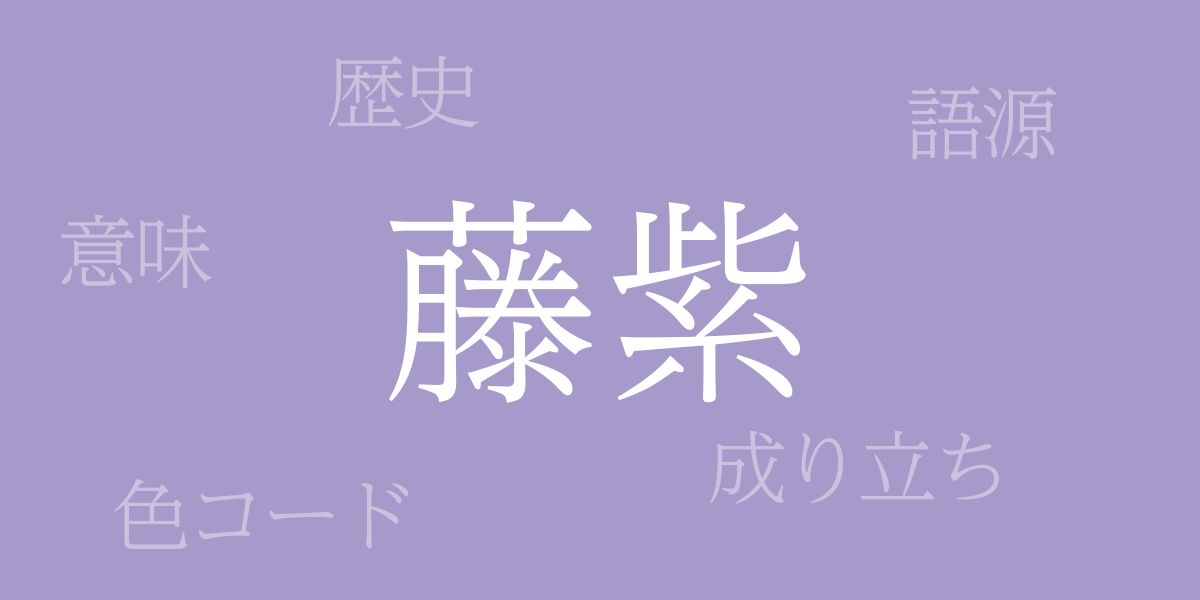Japan’s seasonal nature has long inspired a multitude of colors, among which ‘Wisteria purple (藤紫 – ふじむらさき)’ holds a special place as a traditional Japanese color, enriching the nation’s rich culture and history. This article delves into the allure of Wisteria purple, exploring how its deep hues have influenced Japanese traditions and art.
About Wisteria purple (藤紫 – ふじむらさき)
Wisteria purple (藤紫 – ふじむらさき), as the name suggests, is inspired by the color of wisteria flowers. It features a wide range of shades from pale lavender to deep plum, offering a tranquil yet somewhat mystical ambiance. This color is frequently used in traditional Japanese artworks such as kimonos and paintings.
The History of Wisteria purple
The history of Wisteria purple dates back to the Nara period, where it was already being used in noble garments. During the Heian period, color names were systematically organized, and ‘Wisteria purple’ was established based on the color of the wisteria plant. Since then, Wisteria purple has continued to be a noble color, used in Japanese garments and fine arts, becoming one of the representative colors of Japanese color culture.
Wisteria purple Color Codes
To accurately reproduce Wisteria purple in digital design and web production, the following color codes are necessary:
- HEX: #A59ACA
- RGB: R:165 G:154 B:202
- CMYK: C:42 M:42 Y:4 K:0
Western Name for Wisteria purple
In the West, Wisteria purple is often referred to as ‘Japanese Violet’ or ‘Wisteria’. These names indicate that the color and its associations with the wisteria flower are recognized in the West as well. The color is used in various domains including fashion and interior design.
Conclusion on Wisteria purple
Wisteria purple is a beautiful color born from Japanese nature and culture. Through its history, shades, and international recognition, Wisteria purple continues to be cherished by many. It is incorporated not only in traditional garments and art pieces but also in modern designs and fashion, further expanding its charm.

























